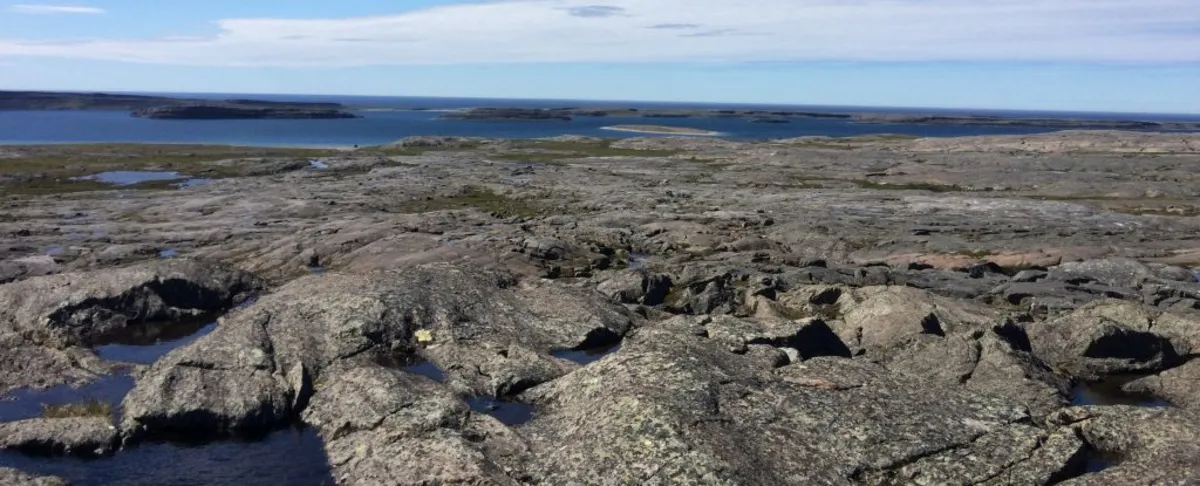
A remarkable geological feature located in the northeast regions of Canada, the Nuvvuagittuq Greenstone Belt is believed to house some of the planet's oldest minerals. Recent dating analyses suggest that certain sections of this formation may date back as far as 4.16 billion years, closely approaching the Earth's estimated age of 4.54 billion years. This significant discovery positions the Nuvvuagittuq Belt as one of the premier sites for studying Earth's early history.
For over 15 years, the scientific community has engaged in heated discussions regarding the age of volcanic rocks found in northern Quebec. Jonathan O'Neil, a geoscientist at the University of Ottawa, states, “This confirmation positions the Nuvvuagittuq Belt as the only place on Earth where we find rocks formed during the Hadean eon.” Understanding the geological features from this eon is crucial for piecing together the story of our planet's formative years.
The surface of the Earth is in a constant state of change, influenced by tectonic forces from below and weathering from above. As a result, it is rare for surface features to endure for billions of years. Locations where ancient minerals have managed to withstand the test of time provide invaluable insights into the conditions of our planet during its formation. This knowledge extends beyond Earth, offering clues about how to identify similar planets in the wider galaxy, where conditions may support life.
The Nuvvuagittuq Greenstone Belt has long attracted the attention of scientists exploring the existence of Hadean minerals, which span the time from Earth’s formation until just over 4 billion years ago. However, past attempts to date these ancient minerals yielded inconsistent results, with ages reported as varying from around 4.3 billion years to 2.7 billion years.
In a breakthrough study led by geoscientist Christian Sole from the University of Ottawa, researchers employed a novel approach to dating these ancient minerals. Previous dating methods relied on measuring ratios of radioactive atoms and their decay products in basaltic rock. The most reliable dating technique involves analyzing zircon crystals, which incorporate trace amounts of uranium while rejecting lead during their formation. As uranium decays into lead, the ratios of these elements provide a precise dating method.
Given the challenging conditions for zircon formation in the basaltic rock of the Nuvvuagittuq Greenstone Belt, many studies relied on less reliable samarium-neodymium ratios. However, Sole and his team shifted focus to large inclusions of metagabbro, a metamorphosed igneous rock that intruded on older basalts. By analyzing these metagabbros, the team was able to establish a minimum age for the surrounding basalt matrix.
The research team conducted both lead-uranium and samarium-neodymium dating, and both methods converged on the same result: the minimum age for the Nuvvuagittuq Greenstone Belt is 4.16 billion years. This groundbreaking finding opens exciting avenues for further exploration into the earliest days of our planet. As O'Neil notes, “Understanding these rocks is going back to the very origins of our planet.” This research not only enhances our comprehension of the formation of the first continents but also helps reconstruct the primordial environment from which life may have emerged.